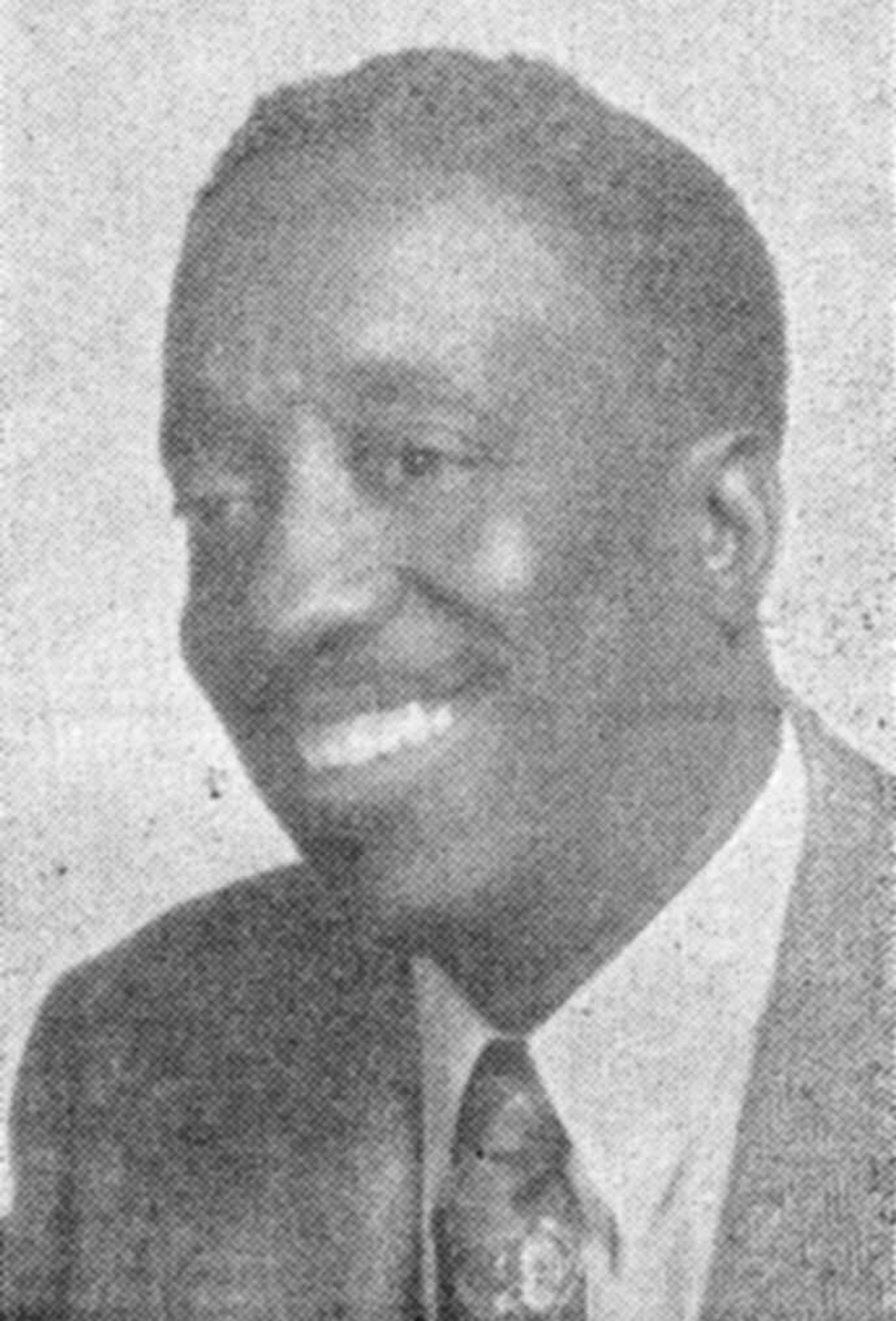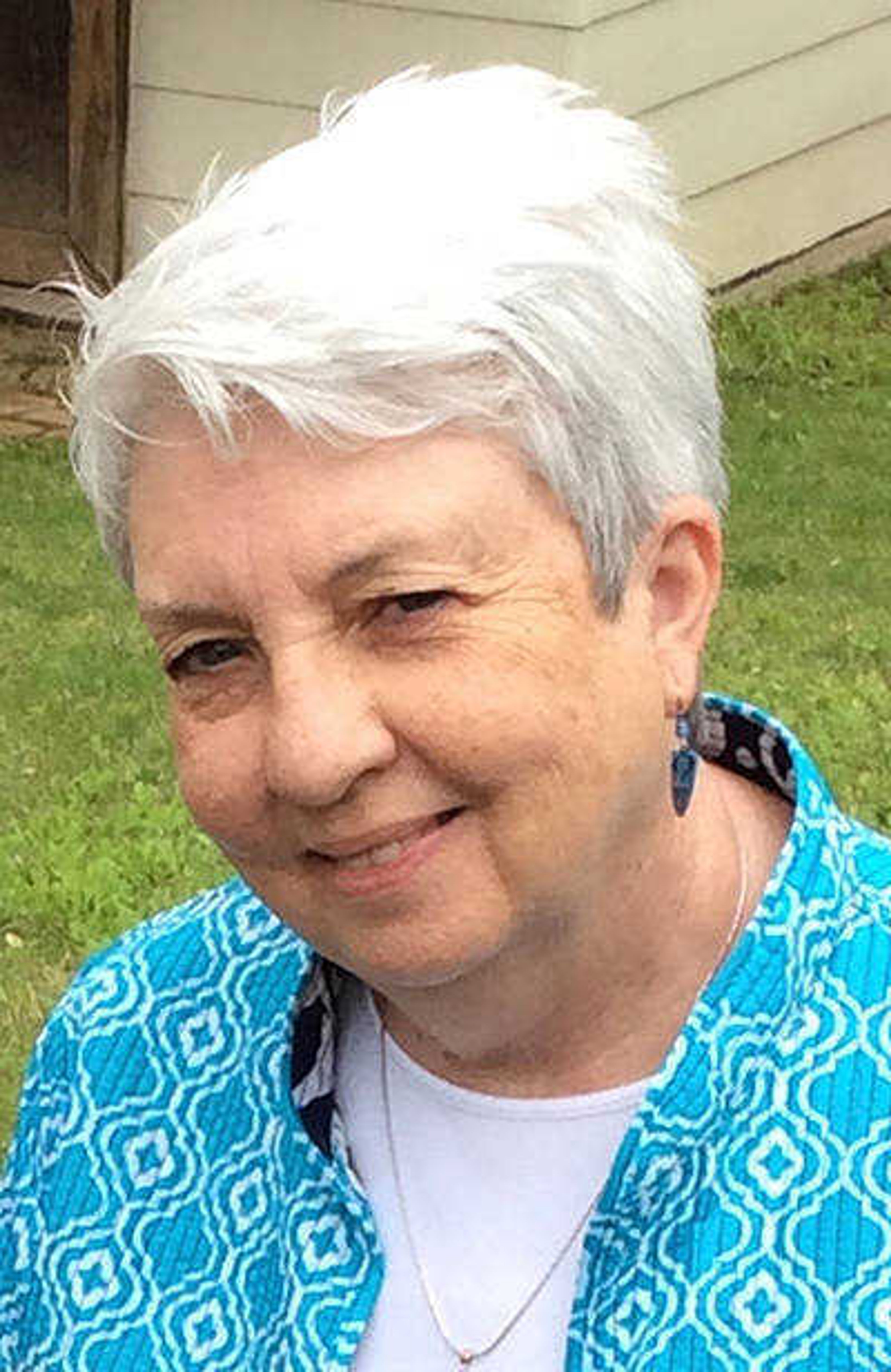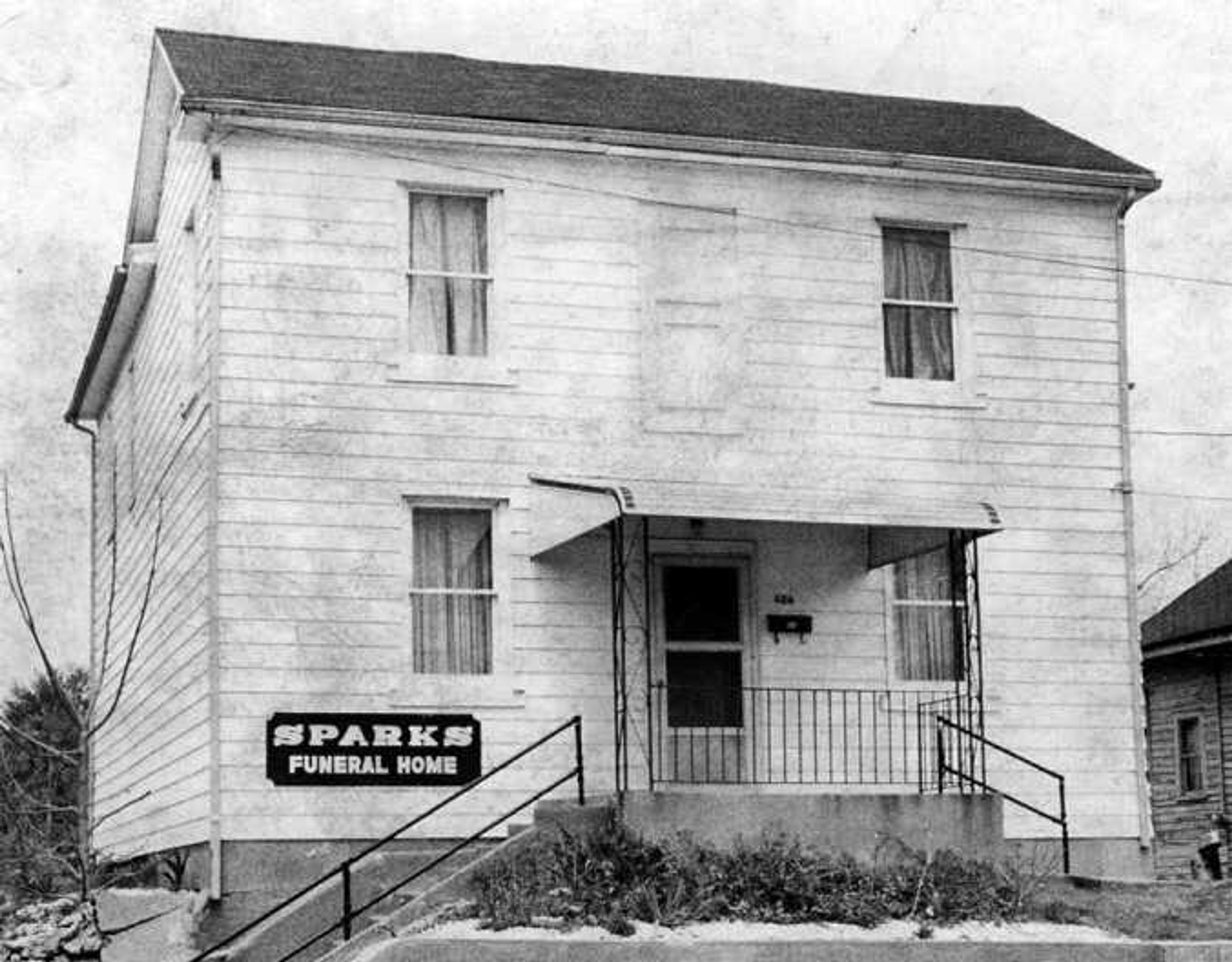When death comes
Dying, as a person of African descent, meant the segregation experienced in life followed in death. Through the late 1800s and early 1900s, Cape Girardeau County "colored" and paupers grave sites, in city and church cemeteries, were allowed only in sections along outer perimeters. Graves were designated with little more than field stones or hand-poured cement markers. In rural areas, enslaved were buried a discrete distance from enslaver family cemeteries, along tree lines of farm fields...
Dying, as a person of African descent, meant the segregation experienced in life followed in death. Through the late 1800s and early 1900s, Cape Girardeau County "colored" and paupers grave sites, in city and church cemeteries, were allowed only in sections along outer perimeters. Graves were designated with little more than field stones or hand-poured cement markers. In rural areas, enslaved were buried a discrete distance from enslaver family cemeteries, along tree lines of farm fields.
With Emancipation, the burden of expense for final illness and a grave for a loved one fell to survivors, without accumulated wealth beyond subsistence,
In December 1867, "The Union Aid Benevolent Society of The Cape Girardeau Colored Citizens" filed incorporation papers, naming 34 original petitioners. The society's purpose was to associate for mutual benevolent purposes in times of sickness, disability and death, and to care for each other's widows and orphan children. Their rules of order required attendance at monthly meetings to assess needs, pay treasury dues and make collective decisions about claims for disability, medical care and death benefits for society members to defray their expenses. Beyond the incorporation papers, little evidence proves the society functioned to provide the services promised.
Fraternal organizations -- Prince Hall Masons (Harmony Lodge), Knights of Pythias and complementary women's auxiliaries (Silver Link Chamber, Queen Etta Tabernacle, etc.) -- provided their members a functionary death ritual in the early 1900s. St. Louis Argus newspaper often named the organizations "in charge of the body," when death visited. Funerals were from home, St. James A.M.E. or Second Baptist churches, with interment at city cemeteries (Old Lorimier and Fairmount cemeteries) in designated sections for Negroes or at Shady Grove, a Black community-maintained, rural cemetery near Dutchtown.
In the early 1930s, William and Myrtle Sheppard felt Cape Girardeau needed affordable funeral services, culturally sensitive to Black families. The Sheppards opened "The Southern Funeral Home" on South Frederick Street and hired Lorberg Funeral Home's mortician to embalm. They advertised in St. Louis, seeking a Black mortician. This ad caught the attention of Frank J. Sparks, a graduate of College of Mortuary Science, Kansas City, Missouri.

Sparks moved to Cape Girardeau, with his new bride, Louise Russell Sparks, in 1937. They opened Sparks Funeral Home on North Street, living on the building's second floor. They supplemented their sporadic funeral service business income wth odd jobs -- mowing, domestic service and ambulance service. In time, the couple opened additional funeral homes in Charleston (1947) and Sikeston (1954).
In the early 1940s, Frank Sparks appealed to the Cape Girardeau City Council, pleading that the burial space allotted to Negroes at Fairmount was "exhausted," and "old graves had been unearthed in the process of digging new ones." Sparks urged the city to set aside additional space to accommodate up to 1,000 graves. The council decided 500 graves would be sufficient.
On May 21, 1956, tending an injured patient while his assistant drove his ambulance, Frank suffered a heart attack and died en route to Cairo, Illinois. At age 51, death came to a gifted, visionary businessman.
Connect with the Southeast Missourian Newsroom:
For corrections to this story or other insights for the editor, click here. To submit a letter to the editor, click here. To learn about the Southeast Missourian’s AI Policy, click here.










